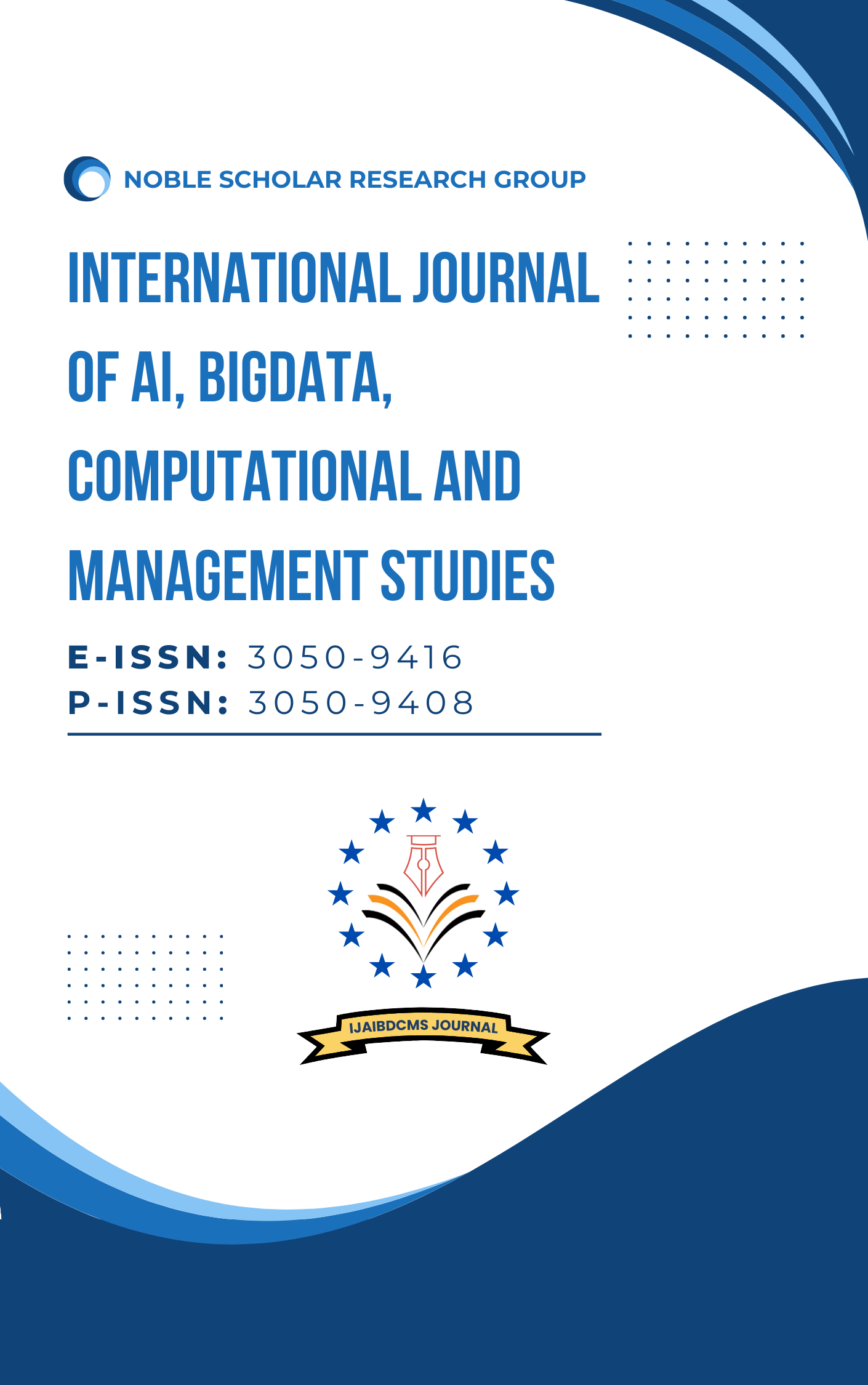Cloud Transformation for Modern Banking Systems
DOI:
https://doi.org/10.63282/3050-9416.IJAIBDCMS-V1I3P103Keywords:
Cloud Transformation, Modern Banking Systems, Agility, Scalability, Innovation, Digital TransformationAbstract
Cloud transformation is revolutionizing modern banking systems by enabling financial institutions to enhance agility, scalability, and innovation. As banks increasingly adopt cloud technologies, they are shifting from traditional onpremise infrastructure to cloud-native architectures. This transition allows for rapid deployment of new products and services, significantly improving customer experiences and operational efficiency. Cloud platforms such as Amazon Web Services (AWS), Microsoft Azure, and Google Cloud provide the necessary scalability to handle the vast amounts of data generated in today's digital banking landscape, allowing banks to adjust their resources based on demand and only pay for what they use. The benefits of cloud transformation extend beyond cost savings; they also foster collaboration with fintech companies and enhance data-driven decision-making. For example, banks can leverage cloud-based analytics tools to gain insights into customer behavior and preferences, leading to more personalized services. Moreover, cloud solutions facilitate compliance with stringent regulatory requirements through automated processes and centralized data management, thus enhancing security measures against cyber threats. Despite the advantages, the journey towards cloud adoption is not without challenges. Banks must navigate legacy system integration, data security concerns, and the need for continuous investment in technology. Nonetheless, as the financial sector continues to embrace digital transformation, the cloud stands out as a pivotal element driving innovation and efficiency in banking operations
References
1. Subashini, S., & Kavitha, V. (2011). A survey on security issues in service delivery models of cloud computing. Journal of Network and Computer Applications, 34(1), 1-11.
2. Oliveira, T., Thomas, M., & Espadanal, M. (2014). Assessing the determinants of cloud computing adoption: An analysis of the manufacturing and services sectors. Information & Management, 51(5), 497-510.
3. Hwang, K., & Li, D. (2010). Trusted cloud computing with secure resources and data coloring. In Proceedings of the IEEE Internet Computing Conference (pp. 14-22). IEEE.
4. Venters, W., & Whitley, E. A. (2012). A critical review of cloud computing: Researching desires and realities. Journal of Information Technology, 27(3), 179-197.
5. Rittinghouse, J. W., & Ransome, J. F. (2010). Cloud computing: Implementation, management, and security. In Proceedings of the International Conference on Cloud Computing (pp. 93-102). IEEE.
6. Khajeh-Hosseini, A., Sommerville, I., & Sriram, I. (2010). Research challenges for enterprise cloud computing. Future Generation Computer Systems, 27(3), 245-254.
7. Marston, S., Li, Z., Bandyopadhyay, S., Zhang, J., & Ghalsasi, A. (2011). Cloud computing—The business perspective. Decision Support Systems, 51(1), 176-189.
8. Takabi, H., Joshi, J. B. D., & Ahn, G. J. (2010). Security and privacy challenges in cloud computing environments. In Proceedings of the 2010 International Conference on Security and Privacy (pp. 24-31). IEEE.



